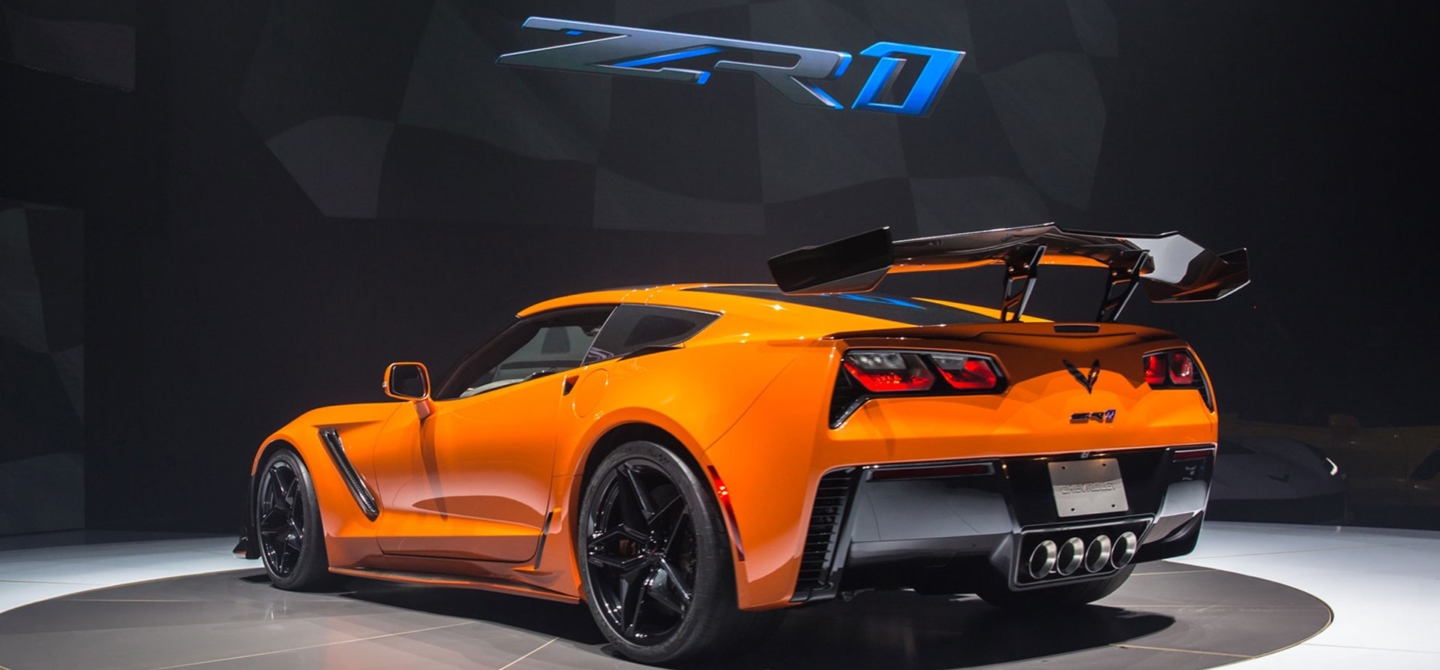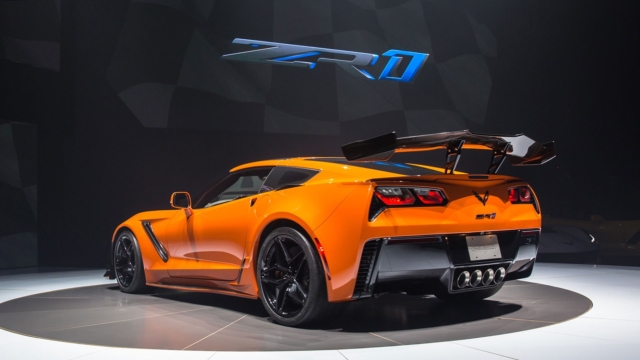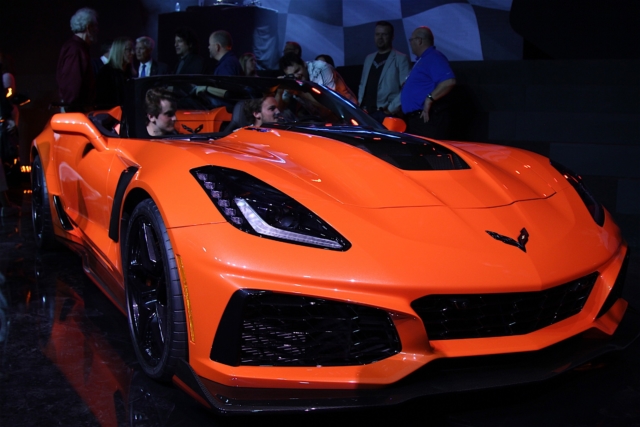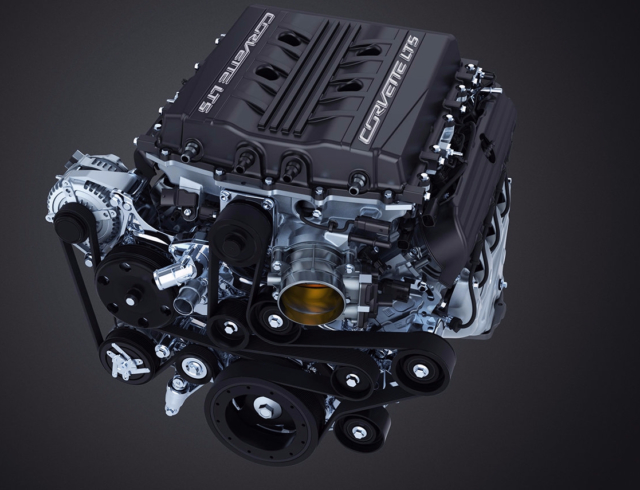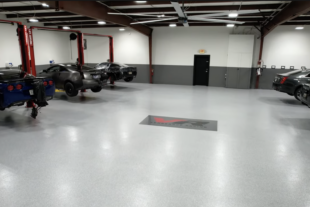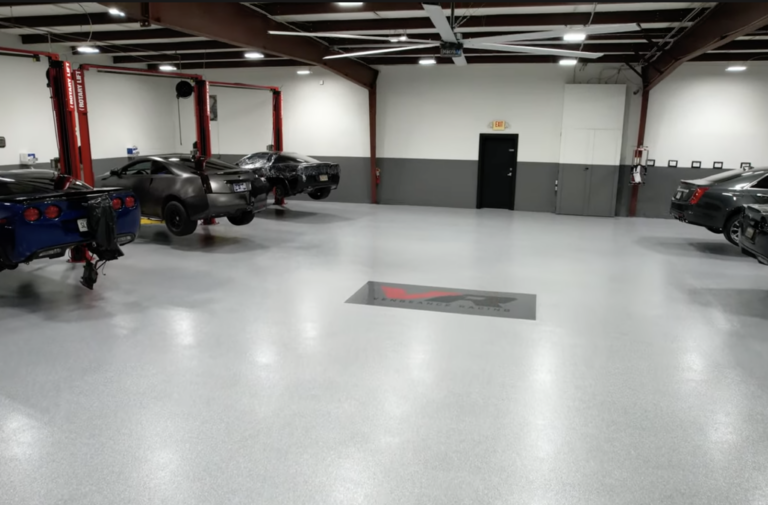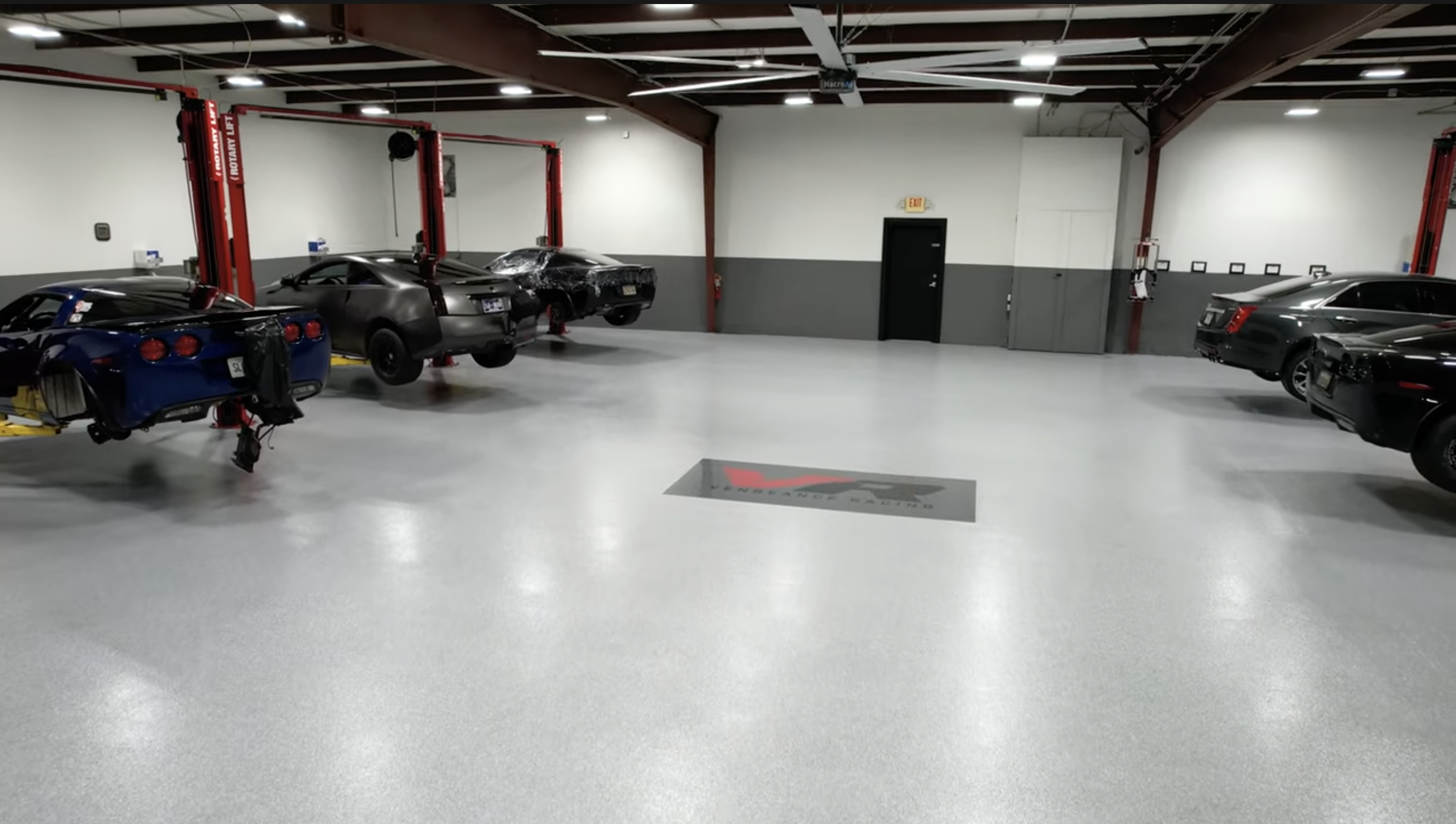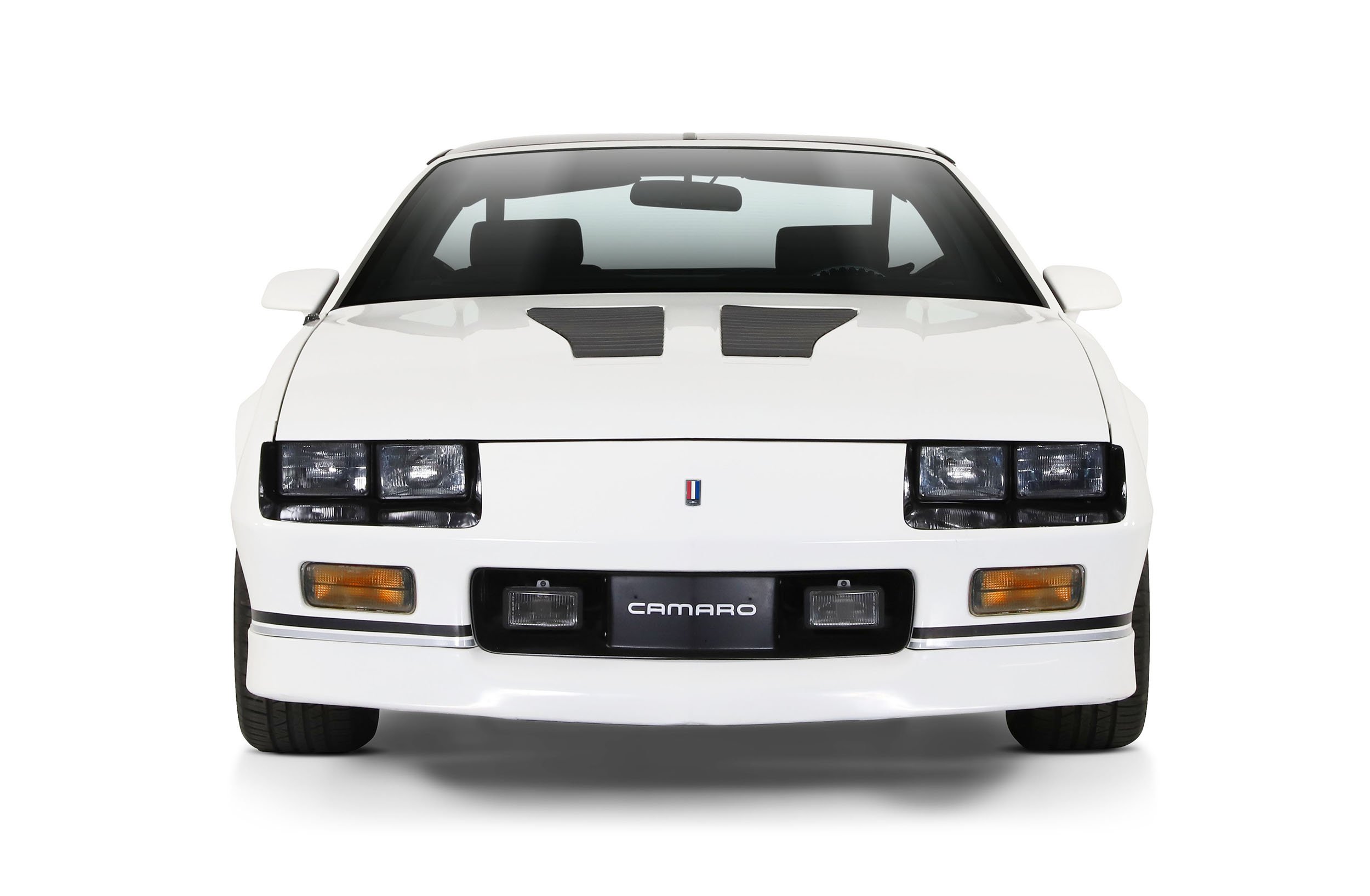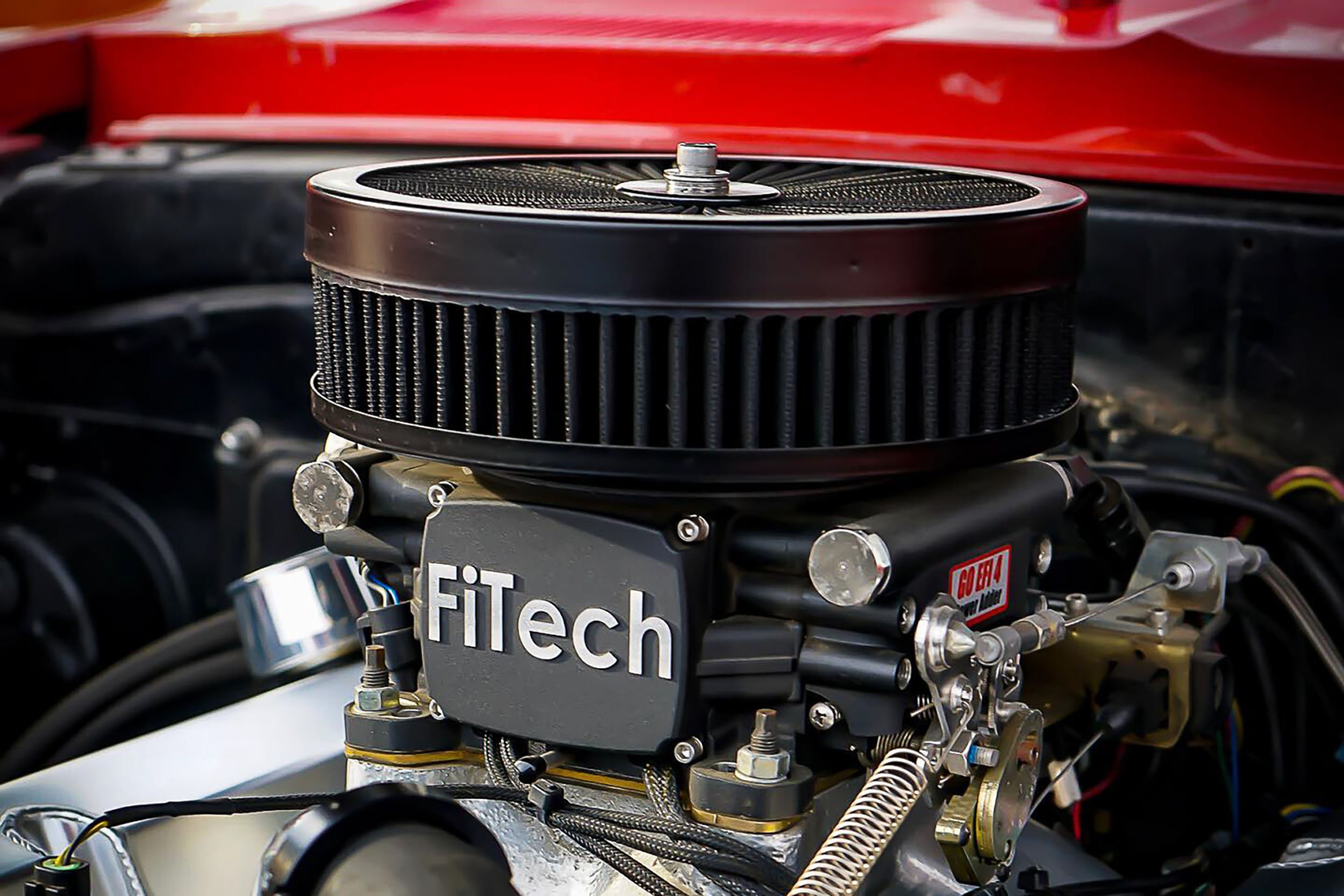These days, it’s not uncommon for a car to shoot flames out of the exhaust—in modified form anyways. That seems weird to say, but with the advent of two-steps, turbos, and other ancillary devices, it has become virtual common place to see a fire-breathing build shoot flames out of the exhaust. What is much less common, however, is a vehicle that will do that right off the dealer lot. Luckily for us, Chevrolet’s new ZR1 just happens to be one of those few exceptions and the first Corvette to shoot flames right off the show floor.
While we realize that the ZR1’s 755 horsepower LT5 is potent, shooting blue flames (Corvette guys will get that one) out the exhaust for extended periods of time was not something we were expecting. As you are probably aware, catalytic converters typically cut down on the amount of open flame that is making it to atmosphere on any given vehicle. That’s just the nature of the beast.
It’s why the cars you often see spitting flames are de-catted and typically—though not always—running a turbo. In that scenario, unburnt fuel is often ignited on the turbine, since it is very hot from impeding exhaust flow. Without a catalytic converter in its way, the flame often makes it’s way back to the tail pipe, dazzling crowds and melting bumpers.
But that’s far from the case in this situation. The LT5 is supercharged, not turbocharged, and it has both catalytic converters and mufflers acting as suppressors. The fact that the flame is making it all the way to the exhaust tip on a front-engined vehicle is reason for amazement.
But how is it doing this? What is causing the ZR1 to belch flames like a demon straight out of hell? Well, a lot of it has to do with the car’s new dual-fuel injection system. With the preceding LT4, the engine simply used direct injection to fuel the car. However, with the LT5, the General felt that direct injection wasn’t enough to reliably make the power they had targeted with project “Big Ass Blower.”
With the addition of the Eaton R2650, the engineers at GM knew the motor would be moving considerably more air, allowing the team to reach its target horsepower. The direct-injection system from the LT4, on the other hand, was ill suited to keep up with the fueling demands of the new platform, so a compromise was struck.
The LT5 would use a new dual-fuel system to keep the engine fed. This technology combines direct and port fuel injection to obtain the benefits of both. At idle, partial throttle, and cruising conditions, the LT5 mostly relies on the direct injection system to power the vehicle. This provides better fuel economy, drivability, and keeps emissions low—especially when used in combination with Active Fuel Management and variable valve timing.
And though direct injection is a great new technology, when it comes to making large power numbers, the limit of any stock system is quickly realized when pushing well into the 700-horsepower range. Knowing that, GM fitted the car with port fuel injection as well. This system activates anytime full power is demanded. It provides ancillary fueling to not only help the car achieve peak power numbers, but also help to cool the intake charge, keep the intake valve clean, and allow for longer injector pulse widths than the limited time direct injection has to introduce fuel to the cycle.
And while the combined system is the best of both worlds, it allows a bit more unburnt fuel to sneak passed the cylinder without being combusted. Once it hits the red-hot exhaust at full tilt, the fuel ignites and spits blue flames out of the tail pipes in a spectacular demonstration of raw power. While the Corvette isn’t the first to shoot flames straight from the factory, you typically only see this kind of light show from rear-engined exotics.
Obviously, in that case, the cylinder is located much closer to the exhaust tip and thus has a much shorter distance to travel before hitting atmosphere. With the Corvette, the flame is traveling the entire length of the car before erupting out the tail pipe in a raucous cacophony of pure, unadulterated awesomeness.
For those of you that may be OK with the upcoming onslaught of vehicle electrification, we’d love to see an EV do anything this awesome. It will be a cold day in hell before you see a Tesla shoot flames—unless its battery pack is on fire—and that is a loss to lament. But in the mean time, enjoy watching the King of the Hill shoot fire out its heiney.


